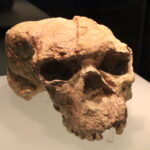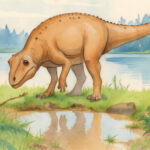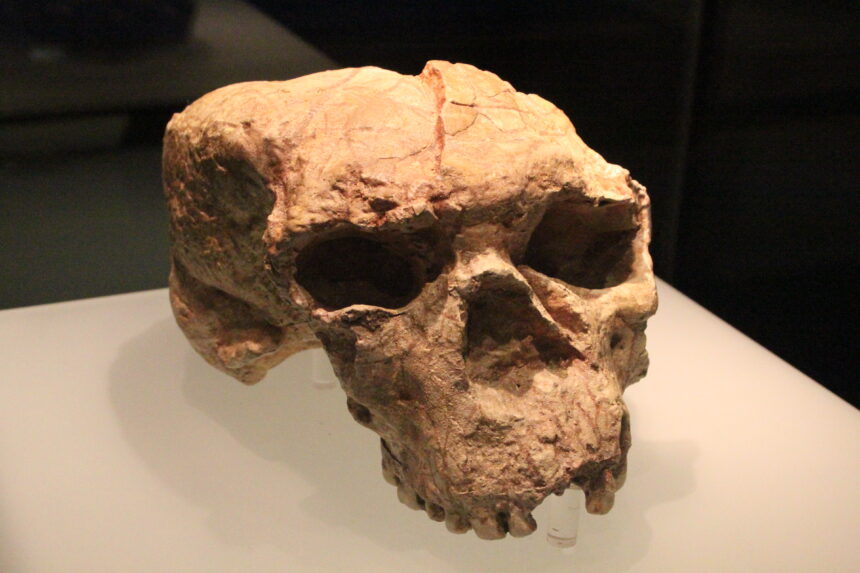A crushed skull from China, pieced together like a digital puzzle, suggests our split from Denisovans and their kin (Homo longi) happened over a million years ago—hundreds of thousands of years earlier than many textbooks claim. Like a lost chapter in our origin story, this find challenges our ancestry chart, reshaping ideas about ancient migrations and the roots of our diverse DNA.
At the heart is the Yunxian cranium, a roughly million-year-old fossil from China. Once digitally rebuilt, its mosaic face, part rugged and part familiar, revealed possible ties to the mysterious Denisovans, which may belong to the Homo longi (‘Dragon Man‘) lineage. This makes it a key fossil for understanding human relatives across Asia. How’d they do it?
The breakthrough came from tech. Found in the 1990s, the mangled skull stumped researchers for decades. Chinese scientists used CT scans to restore its shape with stunning detail. By comparing it to a range of ancient fossils worldwide, they traced family connections hidden for ages, like a 3D puzzle master undoing a million years of distortion.
Similar: Longer Thumbs Are Linked to Bigger Brains in Humans and Primates
Why the effort? East Asia has been a puzzle in human origins. While African and European fossils shaped our timeline, Asia’s story, especially for Denisovans, known from Siberian DNA, or finds like “Dragon Man,” lacked clarity. Without Yunxian, we had only scraps of a grand lineage tale.
It’s one fossil, and without DNA, the Denisovan link relies on physical clues. But Asia’s role in human evolution is growing. These techniques could revive other battered fossils, too. The Yunxian cranium shows our past is still unfolding, one skull at a time. What are your thoughts?
Story Source: Feng et al. (2025), published in Science. Read the original study here.







